The learning experience provided by interdisciplinary projects represents a path without return to the traditional lecture.
When students employ all their knowledge to help someone else, their learning process becomes even more exciting. They take on the responsibility of honoring their commitment. Students from the National University of Río Negro, in Argentina, erected a watermill to solve the water supply problem for Yolanda, a resident of a rural area near Lake Pellegrini. They implemented a solution that could help people who have no running water in other regions of the country and, at the same time, students engaged in practical social-action learning.
For the mathematics course in the Industrial Maintenance Technician program, students built and erected an affordable, maintenance-friendly watermill. Fifty percent of the watermill parts were reused materials. The planning process, field study, construction and implementation of the watermill took one semester to complete. Students learned the fundamental theory in class and then turned the solution into a reality in the field.
“This solution could help people who have no running water in other regions of the country and, at the same time, students engaged in practical social-action learning.”
The Argentinian Patagonia is a semi-desert region characterized by fierce winds. A large part of the rural population lives in a subsistence economy with their flocks of sheep and goats. Inhabitants learn to adapt to water scarcity conditions, with drinking water being delivered in tankers once a month. In Yolanda’s case, she pumped the water used for irrigation, personal hygiene and feeding her animals from a natural reservoir by hand. This is exhausting work since it took her an hour to draw a gallon of water, at most.
After surveying the area, the students compiled data, took measurements and made calculations. They decided to build a Savonius watermill, taking advantage of the region’s wind resources. This is not a conventional type of watermill, since it is not system driven, but rotates on its vertical axis according to whichever direction the wind is coming.
Disciplinary knowledge applied in the Savonius Watermill project
-
Descriptive statistics: The students conducted a statistical study of the region’s wind speed records. They analyzed over 200,000 documents to determine the forces to which the watermill would be subjected. The statistical study also made it possible to estimate the power that the watermill would deliver.
-
Vectors, symmetries, transformations in the plane, Newton’s laws: With the data from the statistical study, we used the software GeoGebra to analyze force variation according to the location of the guys and the required depth. The dynamic representation displays the force variation determined by the students.
-
Notions of power and energy, trigonometry: The area of the rotor facing the wind must be considered to estimate the watermill’s power. We also used GeoGebra to carry out the simplified work, simulating the movement of the rotor with sliders. The dynamic representation can be viewed here.
Disciplinary knowledge is indispensable for this type of projects. However, concepts, notions or knowledge originating from trades, specializations or fields that are not formally recognized in university education, such as welding, concrete construction, tinwork, etc. must also be applied.
One of the difficulties students faced was the lack of tools and a workshop or workspace. They borrowed tools from their own homes and from friends who had any available. Finally, they carried out the task of assembling all the parts of the watermill at home in their own yards.
“Disciplinary knowledge is indispensable for this type of projects. However, concepts, notions or knowledge from fields that are not formally recognized in university education, such as welding, concrete construction, tinwork, etc. must also be applied.”
For the past four years, together with a team from the National University of Río Negro, we have been working on interdisciplinary projects, specifically in areas involving Mathematics and Statistics, for this type of pedagogical proposals. We have learned about the potentialities and difficulties of this type of proposal, and improved the outcomes significantly, to the extent that we have reached the point of no return to traditional classes, although, of course, there is still room for improvement.
I want to invite teachers everywhere to implement this type of projects. The benefits are manifold. Students learn, the university gives back to the community by applying knowledge to social-action projects and students become aware of the issues in their community. Please do not hesitate to contact me if you have any questions.
About the author
Pablo Fabián Carranza (pfcarranza@gmail.com) holds a Ph.D. in Mathematics Education. He teaches high school mathematics and is also a Research Professor at the National University of Río Negro, Argentina.
References
Carranza, P. (2015).Savonius en puesto de Yolanda. Retrieved from https://www.youtube.com/watch?v=zM6RZJ6EaRE
Carranza, P. (2018). Juntos Para Sumar 220 molino de viento UNRN Allen HD. Retrieved from https://www.youtube.com/watch?v=I6TiKhHnpcA&t=383s
Carranza, P. (2018). Izando Savonius 1. Retrieved from https://www.youtube.com/watch?v=ixGtYSWO04k&t=3s
Carranza, P. (2018). Rotor Savonius. Retrieved from https://www.youtube.com/watch?v=IQ5uQZ-dI30
This article from Observatory of the Institute for the Future of Education may be shared under the terms of the license CC BY-NC-SA 4.0 
)
)
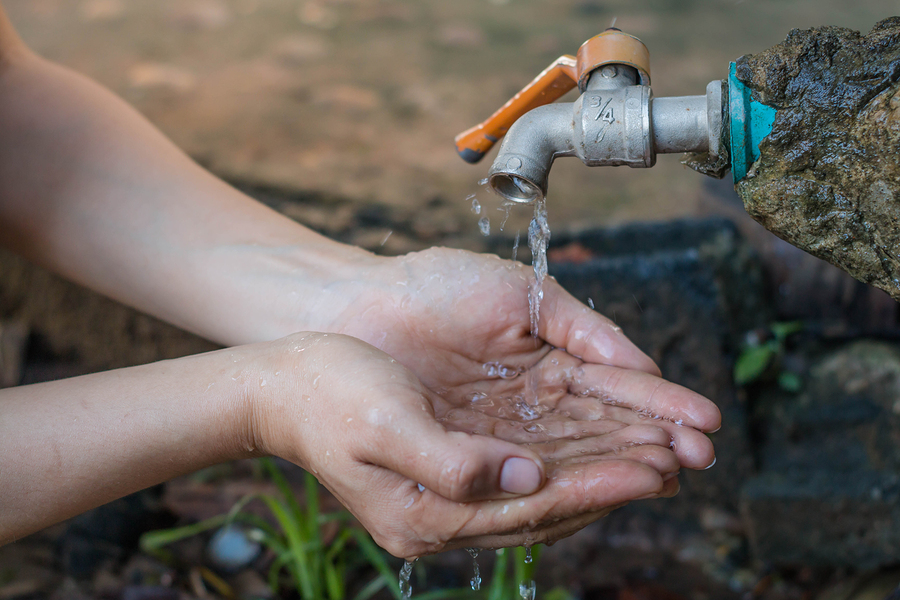

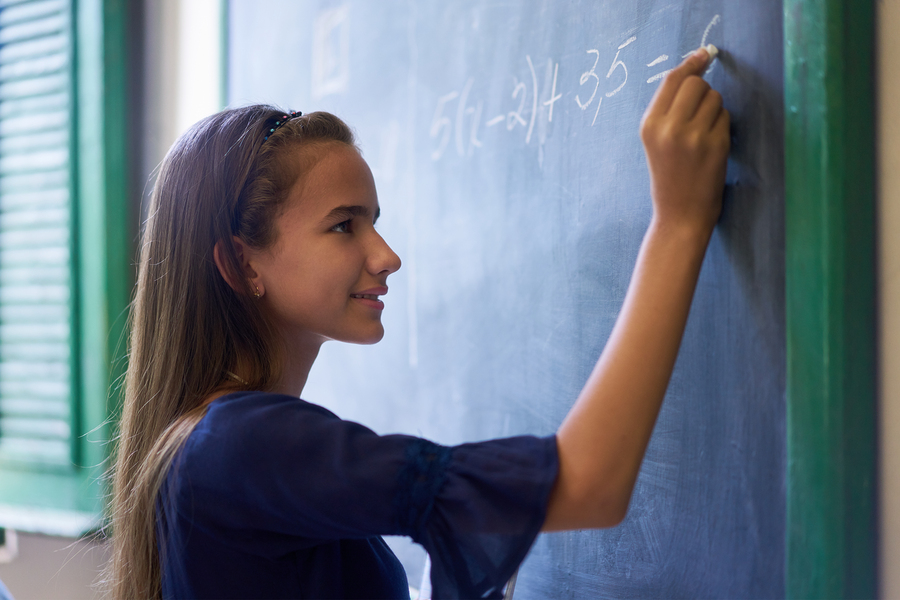

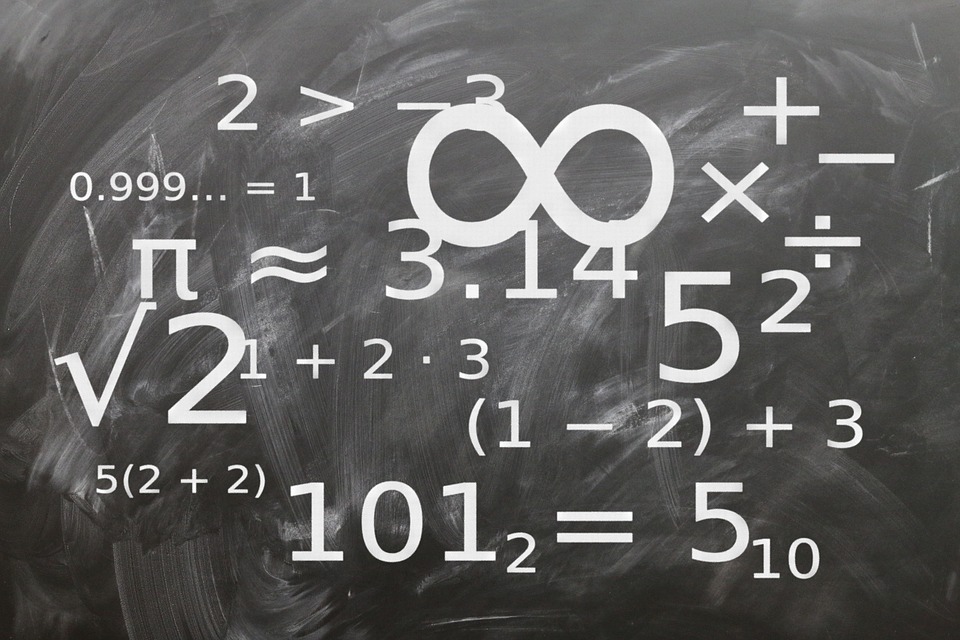
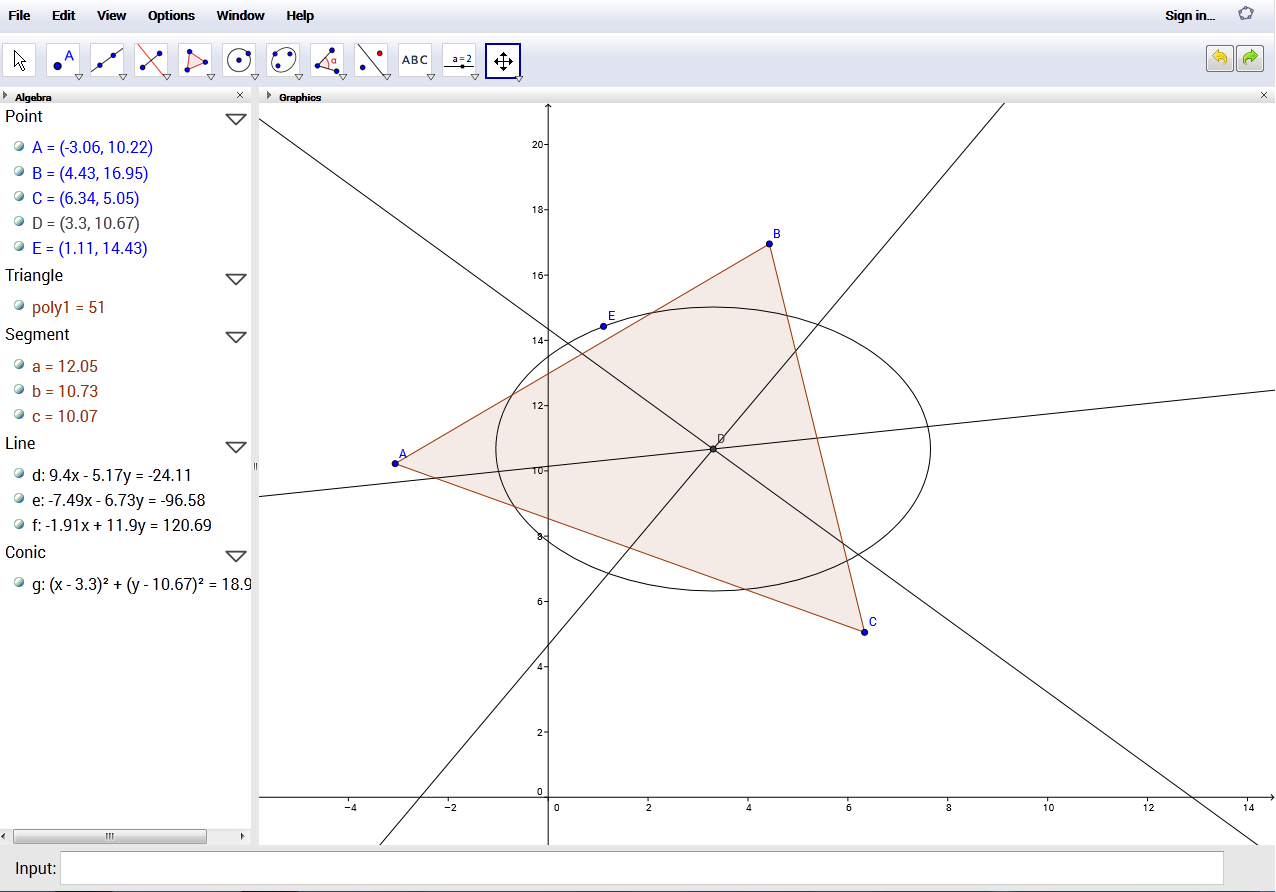
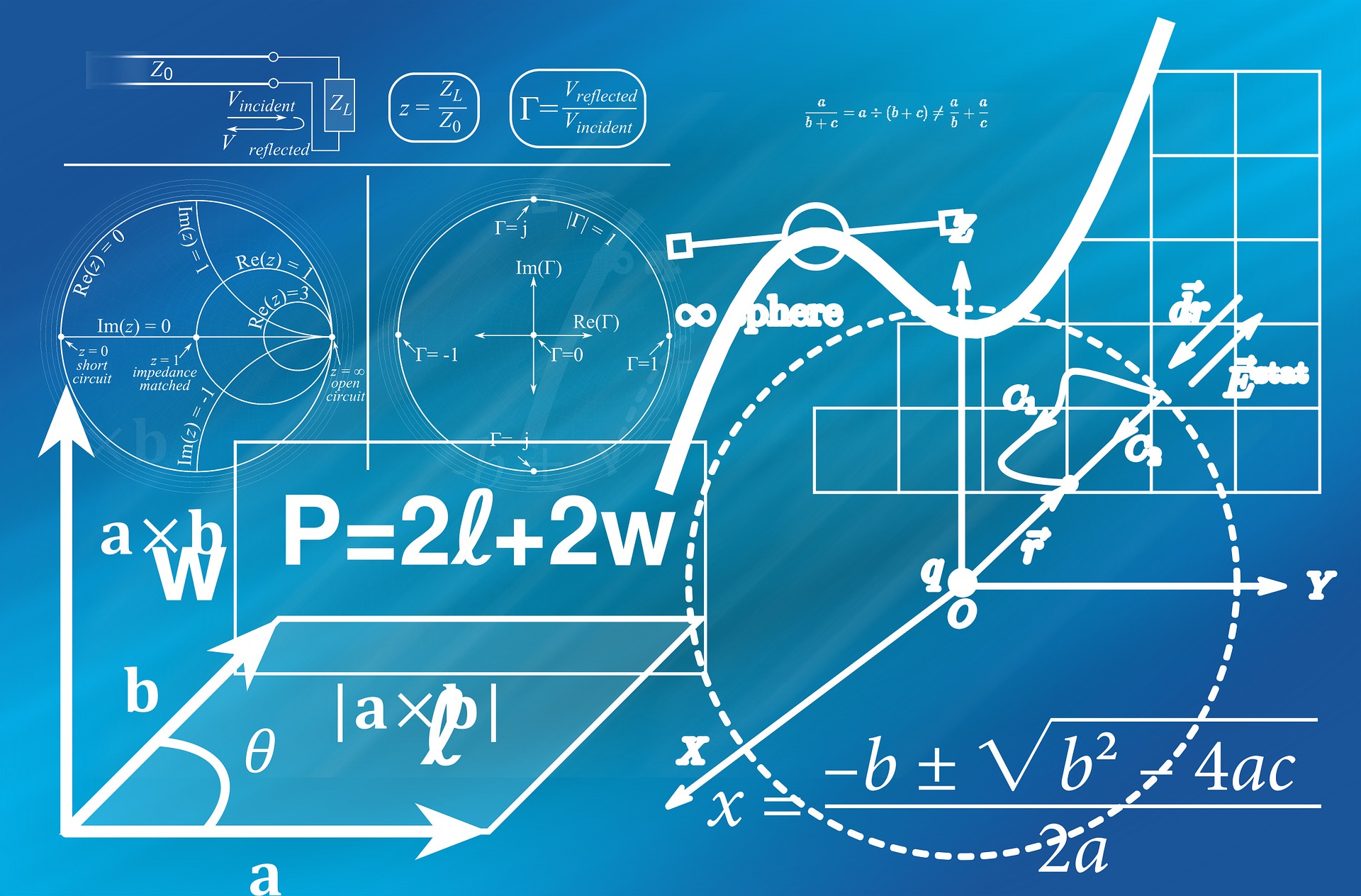
)
Linda Medina Herrera, Saúl Juárez Ordóñez, and Jaime Castro Pérez
Linda Medina Herrera, Saúl Juárez Ordóñez, and Jaime Castro Pérez
Linda Medina Herrera, Saúl Juárez Ordóñez, and Jaime Castro Pérez